Home>Garden Essentials>How Long Do Peppers Take To Grow From Seed
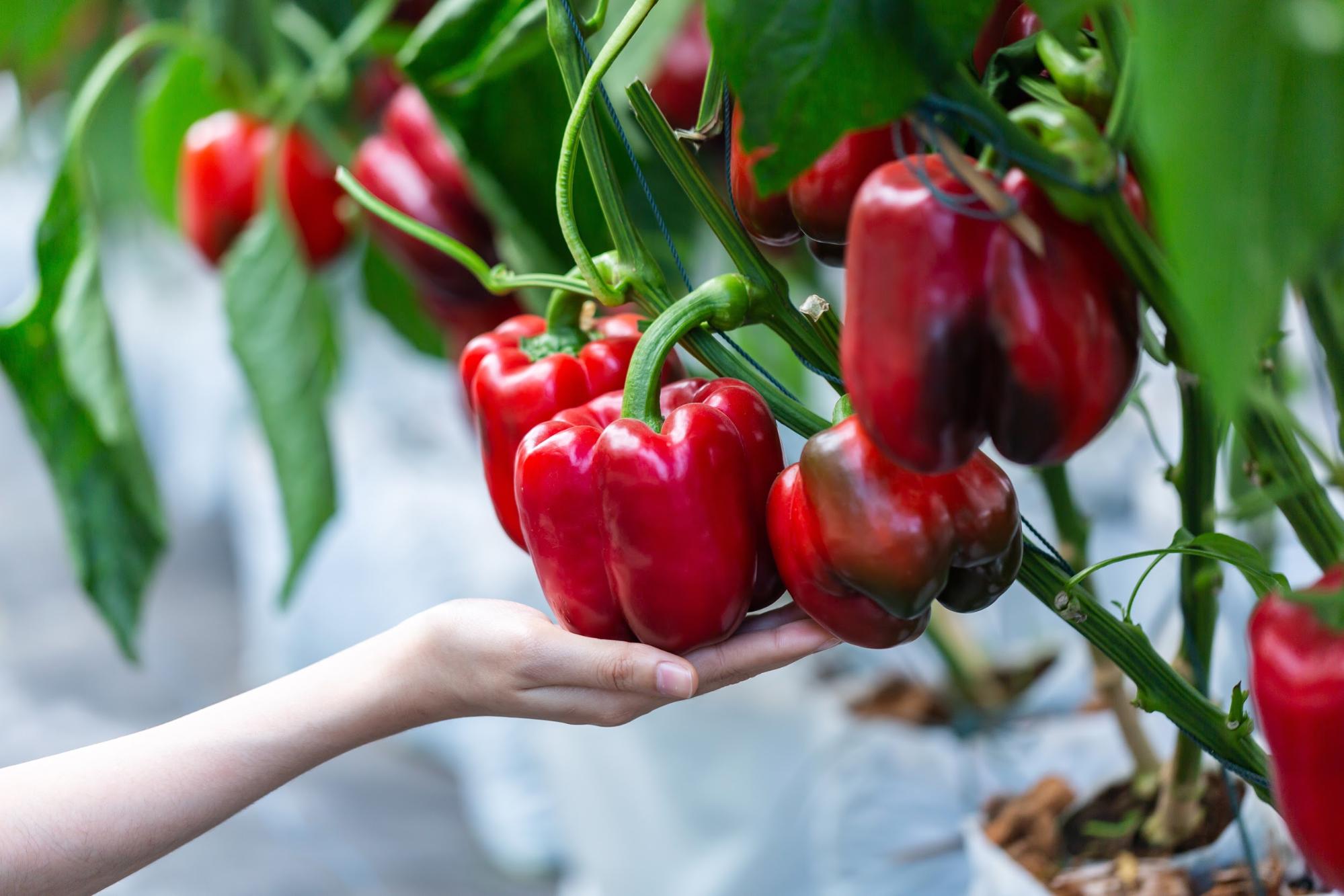

Garden Essentials
How Long Do Peppers Take To Grow From Seed
Modified: March 16, 2024
Discover how long it takes for peppers to grow from seed in your garden. Get expert tips and insights for successful pepper cultivation.
(Many of the links in this article redirect to a specific reviewed product. Your purchase of these products through affiliate links helps to generate commission for Storables.com, at no extra cost. Learn more)
Introduction
Growing your own peppers from seed is a rewarding and satisfying experience for any garden enthusiast. Not only do you have full control over the varieties you choose to cultivate, but you also get to witness the entire lifecycle of these vibrant and flavorful plants. From the moment you sow the seeds to the joy of harvesting ripe, juicy peppers, the journey is filled with excitement and anticipation.
In this article, we will explore the timeline of pepper seed germination, optimal conditions for growth, and the process of transplanting seedlings into your garden. Whether you are a seasoned gardener or a beginner, you will find valuable insights to help you successfully grow peppers from seed.
Before we dive into the details, let’s take a moment to appreciate the versatility and nutritional value of peppers. These colorful vegetables not only add a burst of flavor to your favorite dishes but also provide a rich source of vitamins A and C, as well as dietary fiber.
Now, let’s embark on our journey to discover how long it takes for peppers to grow from seed.
Key Takeaways:
- Growing peppers from seed takes 7 to 14 days to germinate. Provide warm soil, moisture, and proper lighting for successful sprouting. Patience and care are key to nurturing healthy pepper seedlings.
- Transplant pepper seedlings into the garden 2-4 weeks after the last frost. Prepare the soil, space the seedlings, and provide protection from harsh conditions. With proper care, your pepper plants will thrive and yield a bountiful harvest.
Read more: How Long Do Cucumbers Take To Grow From Seed
Factors Affecting Pepper Seed Germination
Seed germination is the process by which a dormant seed begins to sprout and grow into a new plant. While peppers are generally known for their resilience, there are several factors that can influence the germination process.
One of the key factors affecting pepper seed germination is temperature. Pepper seeds require warm soil for successful germination, preferably around 75°F to 85°F (24°C to 29°C). If the soil temperature is too low, the seeds may take longer to sprout, or they may not germinate at all.
Moisture is another critical factor for pepper seed germination. The soil should be consistently moist, but not waterlogged. If the soil is too wet, it can lead to rotting of the seeds before they have a chance to sprout. On the other hand, if the soil is too dry, the seeds may not receive enough moisture to initiate germination.
Light is generally not a requirement for pepper seed germination. In fact, most pepper seeds prefer darkness during the germination process. However, once the seedlings emerge, they do require adequate light for healthy growth. Therefore, it is essential to provide proper lighting conditions after germination.
The quality of the seeds also plays a significant role in germination success. It is crucial to use fresh, high-quality pepper seeds obtained from reputable sources. Older or improperly stored seeds may have a lower germination rate, resulting in poor seedling development.
Finally, the presence of any diseases or pests in the soil can hinder the germination process. It is advisable to start with clean, disease-free soil or use sterile seed-starting mix to minimize the risk of contamination.
By carefully considering these factors and providing the optimal conditions for pepper seed germination, you can maximize the chances of a successful and timely sprouting of your pepper seeds.
Germination Time for Pepper Seeds
The germination time for pepper seeds can vary depending on various factors, including the variety of pepper, growing conditions, and seed quality. On average, pepper seeds take around 7 to 14 days to germinate.
Some pepper varieties may have a shorter germination period, sprouting in as little as 5 to 7 days, while others may take longer, up to 20 days or more. It is important to refer to the specific instructions on the seed packet or consult the supplier for information regarding the expected germination time for the particular pepper variety you are growing.
During the germination process, the seeds absorb water and begin to break open, allowing the seedling to emerge. The first sign of germination is the appearance of tiny white roots, followed by the emergence of the seedling above the soil surface.
It is crucial to provide consistent moisture and maintain the optimal temperature range throughout the germination period to ensure the seeds sprout within the expected timeframe.
While waiting for the seeds to germinate, be patient and avoid the temptation to overwater or disturb the soil. Excessive moisture or unnecessary handling can disrupt the germination process and potentially harm the delicate seedlings.
Once the seedlings emerge, it is essential to provide adequate light and continue to care for them to promote healthy growth. The germination stage is just the beginning of the pepper plant’s journey, and proper care during this phase sets the foundation for robust and productive plants.
Now that you know the average germination time for pepper seeds, you can monitor and care for your seedlings accordingly. Remember, each pepper variety may have slightly different requirements, so always refer to the specific instructions provided by the seed supplier or on the seed packet for the best results.
Optimal Conditions for Pepper Seed Germination
To ensure successful and prompt germination of pepper seeds, it is crucial to provide them with the optimal conditions. Here are the key factors to consider:
- Temperature: Pepper seeds require warm soil for germination, preferably between 75°F and 85°F (24°C to 29°C). Using a heat pad or placing the seed tray in a warm and sunny spot can help maintain the ideal temperature range.
- Moisture: Keep the soil consistently moist throughout the germination process. It is essential to strike a balance and avoid over-watering, as excessive moisture can lead to rotting. Regularly check the moisture level by gently pressing your finger into the soil; it should feel slightly moist but not soggy.
- Light: While pepper seeds do not require light during germination, they do need adequate light once they have sprouted. Place them under fluorescent lights or in a sunny location, ensuring they receive at least 12-16 hours of light per day. This will promote healthy growth and prevent seedlings from becoming spindly.
- Air Circulation: Good air circulation is important to prevent fungal diseases and promote proper development. Avoid overcrowding the seed tray, and ensure there is ample space around each seedling.
- Seed Depth: Pepper seeds should be planted at a depth of approximately 1/4 to 1/2 inch (0.6 to 1.3 cm). Planting too deep can hinder germination, while planting too shallow may cause the seeds to dry out.
- Seed Starting Mix: Use a well-draining seed starting mix that is lightweight and sterile. Avoid using heavy garden soil, as it can compact and inhibit proper root development.
By carefully controlling these conditions, you can optimize the germination process and increase the chances of successful seedling emergence. Remember to monitor and adjust the conditions as needed throughout the germination period.
It is important to note that different pepper varieties may have specific requirements, so always refer to the instructions on the seed packet or consult the supplier for any specific recommendations.
With the right conditions in place, you can eagerly anticipate the sprouting of your pepper seeds and the start of a successful growing season!
Seedling Stage of Pepper Plants
The seedling stage is a crucial phase in the growth of pepper plants. It is during this stage that the young plants develop strong root systems and their first set of true leaves, setting the foundation for future growth and fruit production.
After the successful germination of pepper seeds, the tiny seedlings will emerge from the soil. At this point, it is important to provide them with proper care and attention to ensure their healthy development.
Here are some key considerations during the seedling stage of pepper plants:
- Light: Once the seedlings emerge, they require ample light to grow strong and avoid becoming weak and leggy. Place them in a location where they can receive 12-16 hours of bright light each day. If natural sunlight is insufficient, you can use fluorescent lights or grow lights to provide supplemental lighting.
- Temperature: Pepper seedlings prefer warm temperatures between 70°F and 80°F (21°C to 27°C). Maintain a consistent temperature to promote optimal growth. Avoid exposing the seedlings to drafts or sudden temperature fluctuations, as they can stress the young plants.
- Watering: Water the seedlings carefully, ensuring the soil remains moist but not waterlogged. Overwatering can lead to root rot, while underwatering can cause the seedlings to wilt. Monitor the moisture levels regularly and adjust the watering accordingly.
- Fertilization: At this stage, the seedlings do not require heavy fertilization. Wait until the seedlings have grown their first set of true leaves before introducing a diluted, balanced liquid fertilizer. Follow the manufacturer’s instructions for the dosage and frequency of application.
- Transplanting: As the seedlings grow, they will outgrow their initial seed tray or containers. It is important to transplant them into larger pots or into the garden when they have developed a strong root system and are about 4-6 inches tall. Handle the seedlings carefully to avoid damaging the roots.
- Hardening Off: Before transplanting the seedlings into the garden, it is recommended to gradually acclimate them to outdoor conditions. This process, known as hardening off, involves exposing the seedlings to outdoor conditions for a few hours each day, gradually increasing the duration over the course of a week.
By providing proper lighting, temperature, watering, and transitioning techniques, you can ensure that your pepper seedlings thrive and grow into strong, healthy plants. Remember to monitor their progress and adjust the care accordingly to ensure their continued development.
The seedling stage is an exciting time, as you witness the growth and transformation of your pepper plants. With patience and care, your seedlings will mature into productive plants that will provide you with a bountiful harvest of delicious peppers.
Peppers take about 6-8 weeks to grow from seed to transplant size. Start seeds indoors in early spring for best results. Keep soil warm and provide plenty of light for healthy growth.
Transplanting Pepper Seedlings to the Garden
Transplanting pepper seedlings from their containers to the garden is a critical step in their growth journey. This process allows the young plants to establish strong root systems and thrive in the outdoor environment. Here are some important steps to follow when transplanting pepper seedlings:
- Timing: Wait until the danger of frost has passed and the soil has warmed up before transplanting pepper seedlings into the garden. Typically, this is around 2-4 weeks after the last frost date in your area. Keep an eye on the weather forecast to ensure optimal transplanting conditions.
- Preparation: Before transplanting, prepare the garden bed by removing weeds and loosening the soil. Incorporate organic matter, such as compost or well-rotted manure, to enrich the soil and improve its drainage and nutrient content.
- Spacing: Space the pepper seedlings appropriately to allow for proper air circulation and growth. Generally, pepper plants should be spaced about 18-24 inches (46-61 cm) apart, depending on the specific variety. Refer to the seed packet or consult gardening resources for spacing guidelines.
- Transplanting Technique: Gently remove the seedlings from their containers, being careful not to disturb the fragile roots. Dig a hole in the prepared garden bed that is slightly larger than the root ball of the seedling. Place the seedling in the hole, making sure it is planted at the same depth it was in the container. Firmly press the soil around the base of the seedling to secure it in place.
- Watering: After transplanting, give the seedlings a thorough watering to help settle the soil and ensure good root-to-soil contact. Water regularly in the following days to keep the soil consistently moist but avoid overwatering, which can lead to diseases like root rot.
- Protection: If there is still a risk of cold temperatures or strong winds, provide some protection to the newly transplanted seedlings. You can use row covers, cloches, or create temporary windbreaks to shield them from harsh conditions.
- Care and Maintenance: Once in the garden, continue to care for the pepper plants by providing adequate water, mulching around the base to conserve moisture, and monitoring for pests and diseases. Regularly apply a balanced fertilizer specifically formulated for vegetables to promote healthy growth and fruit production.
Transplanting pepper seedlings can be a delicate process, but by following these steps and providing proper care, your plants will have a strong start in the garden. With time and attention, you’ll be rewarded with a bountiful harvest of flavorful peppers to enjoy and share with others.
Growth Period of Pepper Plants
The growth period of pepper plants encompasses the time between transplanting seedlings into the garden and the eventual harvesting of ripe, flavorful peppers. Understanding the growth stages and providing appropriate care during each phase is key to ensuring the plants develop strong, productive characteristics. Here is a breakdown of the growth period of pepper plants:
- Early Growth: In the first few weeks after transplanting, pepper plants focus on establishing a strong root system. During this stage, it is important to provide consistent watering and monitor for any signs of stress or nutrient deficiencies.
- Vegetative Growth: As the plants mature, they will begin to develop more leaves and stems. This phase is characterized by rapid vegetative growth, with the plants putting energy into building a strong framework of foliage. Ensure the plants receive adequate sunlight, water, and nutrients, as healthy foliage is crucial for future fruit development.
- Flower Initiation: Once the pepper plants have reached a desired size, they will begin to initiate flower buds. This is a crucial transition point in the growth period, as it marks the start of the pepper plants’ reproductive phase. Proper environmental conditions, including consistent moisture, temperature, and adequate sunlight, will support healthy flower production.
- Flowering and Fruit Set: During this stage, the plants will produce vibrant and fragrant flowers. These flowers require pollination to develop into peppers. Attract pollinators, such as bees, by planting companion flowers nearby. Ensure the plants receive regular watering and avoid excessive heat or drought stress, as it can negatively impact flower production and fruit set.
- Fruit Development: After successful pollination and fruit set, the peppers will begin to develop and enlarge. This stage requires consistent watering to prevent blossom end rot and ensure optimal fruit growth. Pay attention to any signs of pests or diseases, and take appropriate measures to protect the developing fruit.
- Ripening: As the peppers near maturity, their color will transition from green to their specific ripe shade, depending on the variety. Harvest the peppers when they have reached the desired color and size, using sharp shears or scissors to avoid damaging the plants. Regularly remove ripe peppers to encourage continued flowering and fruiting.
Throughout the growth period, it is important to monitor the plants for any signs of stress, nutrient deficiencies, or pest infestations. Provide appropriate support, such as staking or trellising, to keep the plants upright and prevent damage from wind or heavy fruit load.
By understanding and catering to the specific needs of pepper plants during each stage of growth, you can ensure they reach their full potential and yield a bountiful harvest of delicious, vibrant peppers.
Harvesting Peppers from Seed-Grown Plants
Harvesting peppers from your seed-grown plants is an exciting and rewarding culmination of your gardening efforts. When the peppers have reached their desired size, color, and flavor, it’s time to pick them and enjoy the fruits of your labor. Here are some essential tips for harvesting peppers:
- Timing: Wait until the peppers have fully ripened on the plant before harvesting. The exact time will vary depending on the variety, but most peppers reach their peak flavor and color when fully mature. Harvesting too early may result in underdeveloped or less flavorful peppers.
- Appearance: Look for peppers that have a glossy, vibrant color and a firm texture. Depending on the pepper variety, colors can range from green to yellow, orange, red, or even purple. Each variety has its own characteristic appearance when mature, so refer to the seed packet or consult gardening resources to determine the expected color for your specific pepper variety.
- Tools: To harvest peppers, use sharp garden shears, scissors, or a knife to cut the stems just above the pepper. Avoid pulling or twisting the peppers off the plant, as this can damage the plant or remove future flower buds.
- Harvest Continuously: Peppers can be harvested throughout the growing season, as long as the plants continue to produce ripe peppers. Regularly check the plants and harvest any ripe peppers to encourage the growth of new ones. This continual harvest promotes plant health and prolongs the fruiting period.
- Storage: After harvesting, gently clean the peppers to remove any dirt or debris. Store them in a cool, dry place or refrigerate them in a perforated bag for up to a week. Some pepper varieties can also be frozen or dried for long-term storage and use.
- Preserving Seeds: If you want to save seeds from your harvested peppers for future planting, select fully ripe and mature peppers. Cut the peppers open and remove the seeds, allowing them to dry thoroughly before storing in a paper envelope or airtight container in a cool, dry location.
- Care for the Plants: After harvesting, continue to care for the pepper plants by providing adequate water, monitoring for pests and diseases, and fertilizing as needed. Healthy plants will continue to produce peppers throughout the growing season.
Harvesting peppers from your seed-grown plants is a gratifying experience that allows you to enjoy the fresh, flavorful fruits of your labor. With proper timing and care, you can savor the delicious taste of homegrown peppers and look forward to future gardening endeavors.
Conclusion
Growing peppers from seed is a delightful journey that allows you to connect with nature and experience the joy of nurturing plants from their very beginnings. By understanding the factors that affect germination, providing optimal conditions, and caring for the plants throughout their growth period, you can cultivate healthy and productive pepper plants.
From the exciting moment when the pepper seeds germinate, to the transplanting of the seedlings into the garden, and finally to the rewarding harvest of ripe peppers, each stage offers its own unique satisfaction. Patience, attention to detail, and a little bit of gardening know-how will take you a long way in growing delicious peppers at home.
Remember to consider the specific needs of your pepper plants, such as adequate sunlight, proper watering, and the right nutrient balance. Pay attention to any signs of stress or pest infestations and take prompt action to ensure the health and vitality of your plants.
Not only does growing peppers from seed provide you with a fresh and abundant supply of flavorful peppers, but it also allows you to experiment with different varieties, each one bringing its own unique taste and spice to your culinary creations. Whether you prefer sweet bell peppers, mildly spicy jalapenos, or fiery habaneros, the options are endless.
As you embark on your pepper-growing journey, take the time to savor each stage of growth, from the first sprouts pushing through the soil to the sight of vibrant flowers and the anticipation of harvesting ripe, juicy peppers. Gardening is a beautiful blend of patience, cultivation, and the wonders of nature.
So, roll up your sleeves, grab your gardening tools, and embark on the adventure of growing peppers from seed. Enjoy the process, embrace the challenges, and celebrate the rewards. With knowledge, care, and a little bit of love, you can create a thriving garden full of vibrant pepper plants that will delight your taste buds and bring beauty to your outdoor space.
Frequently Asked Questions about How Long Do Peppers Take To Grow From Seed
Was this page helpful?
At Storables.com, we guarantee accurate and reliable information. Our content, validated by Expert Board Contributors, is crafted following stringent Editorial Policies. We're committed to providing you with well-researched, expert-backed insights for all your informational needs.
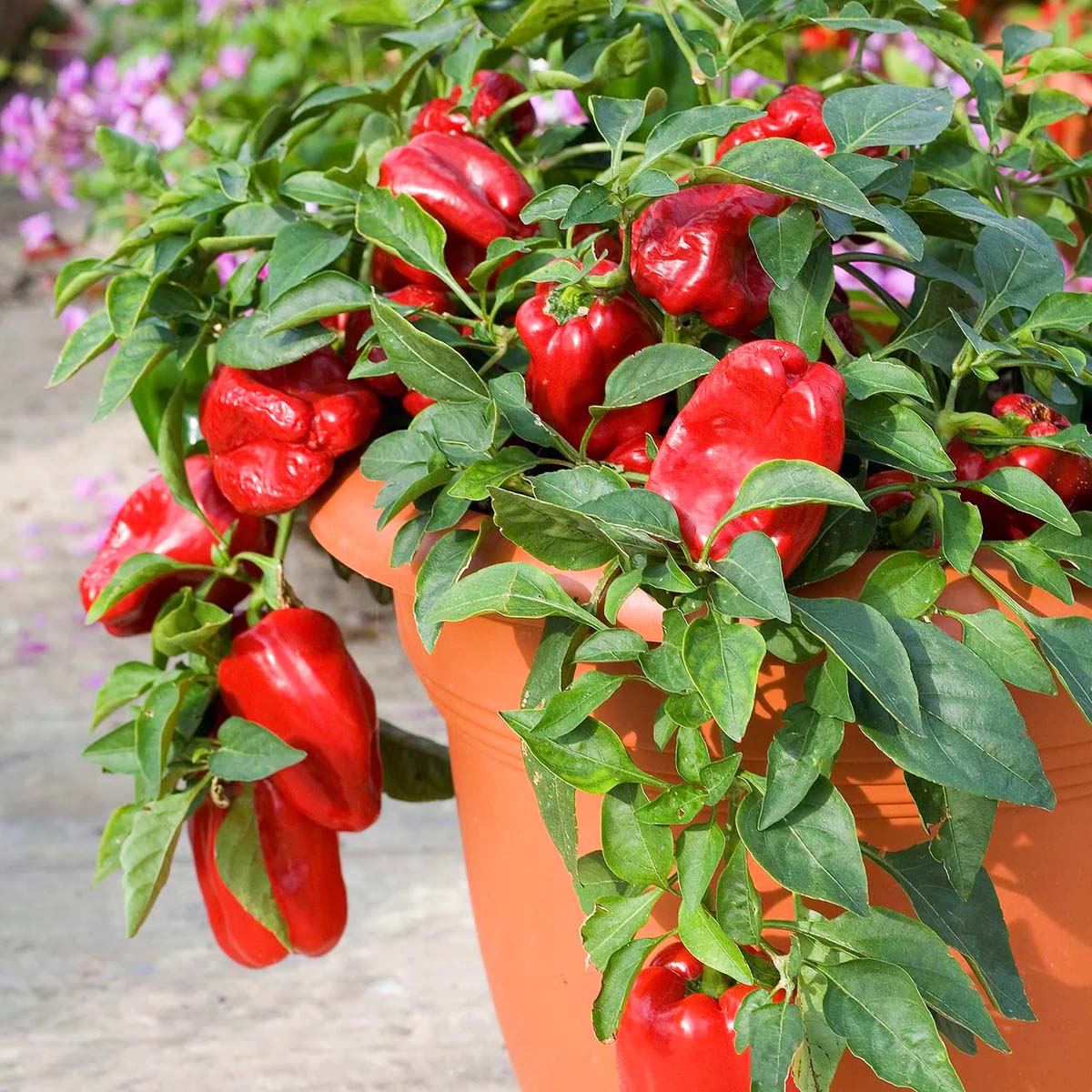
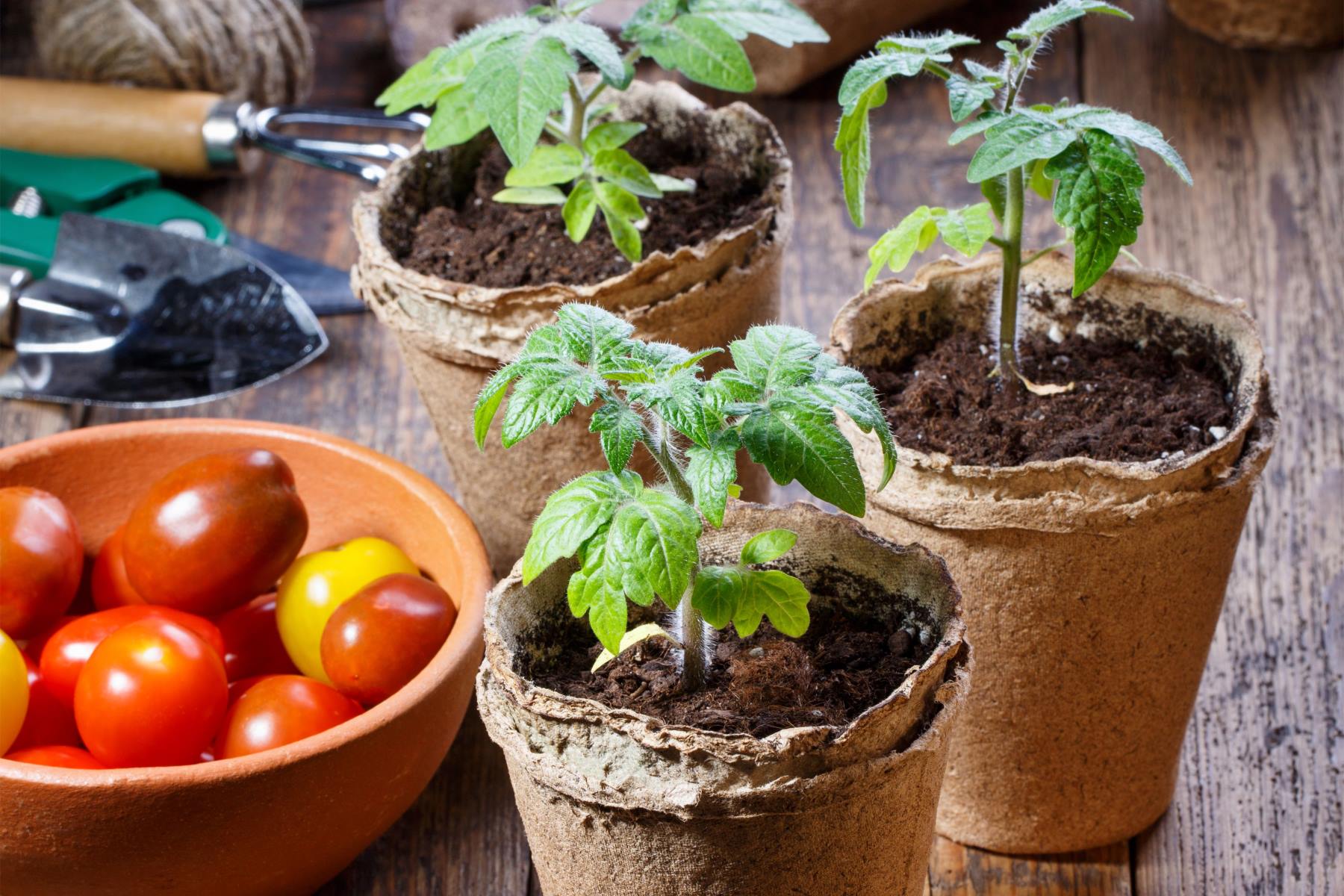
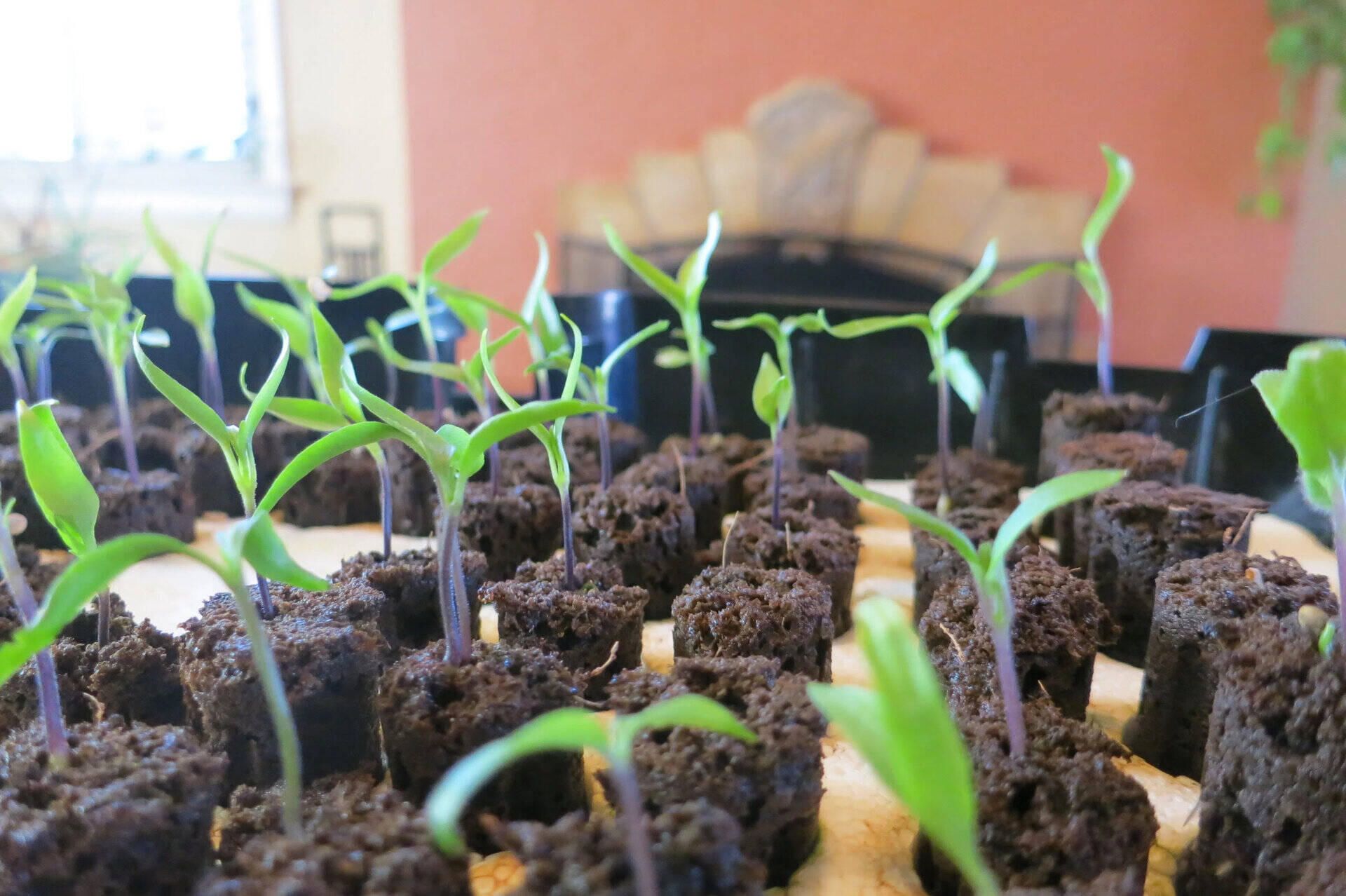
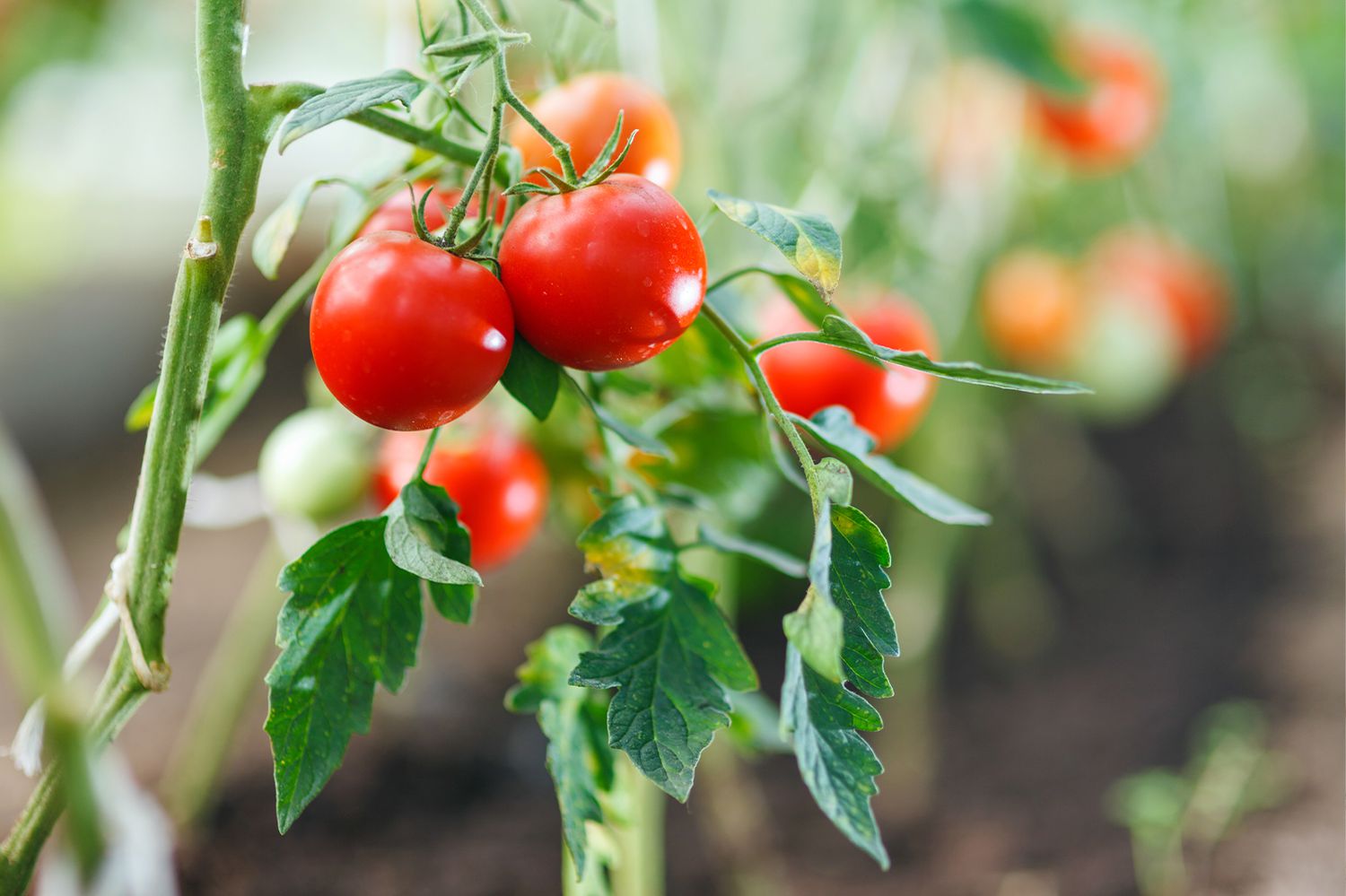
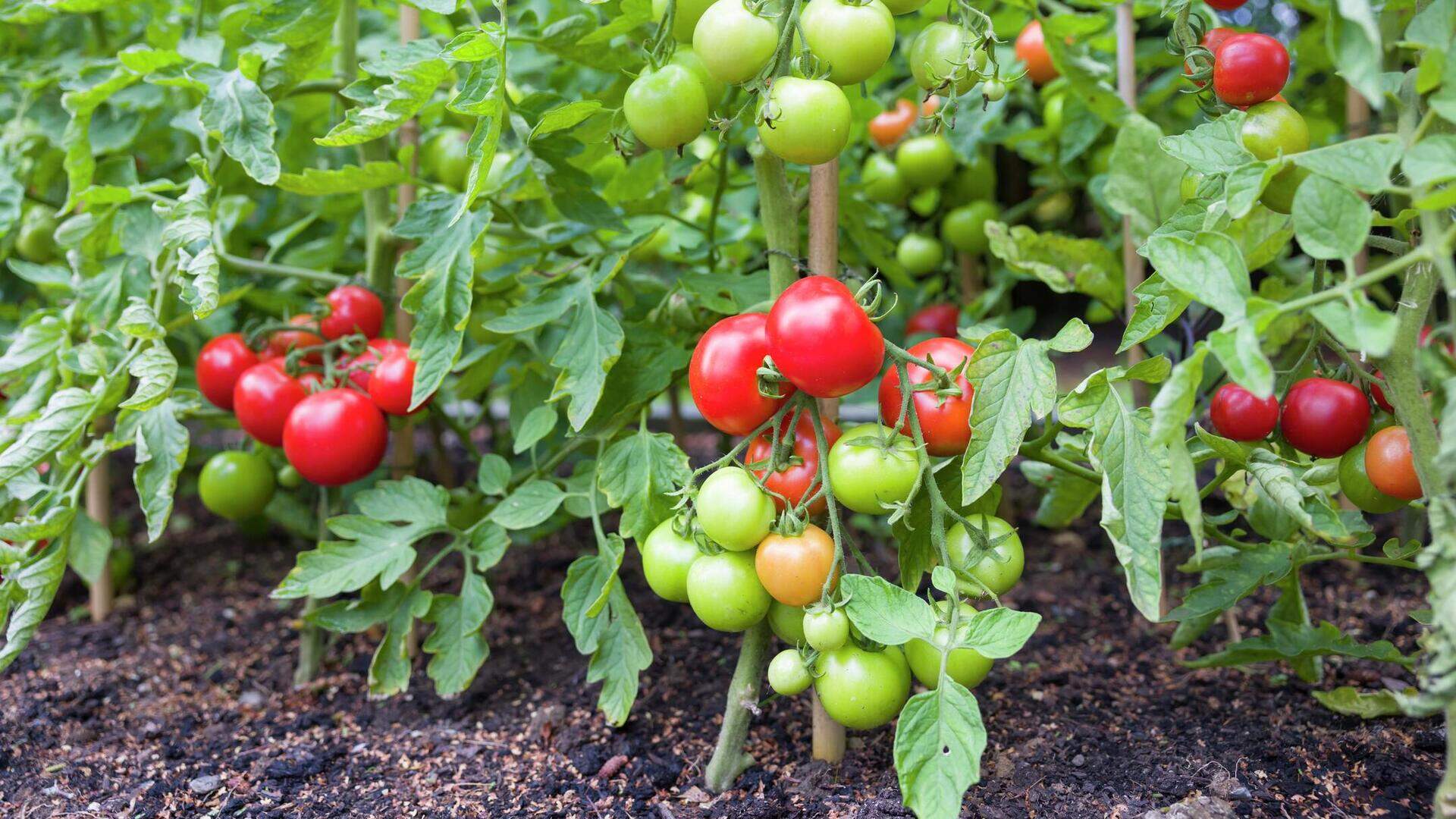
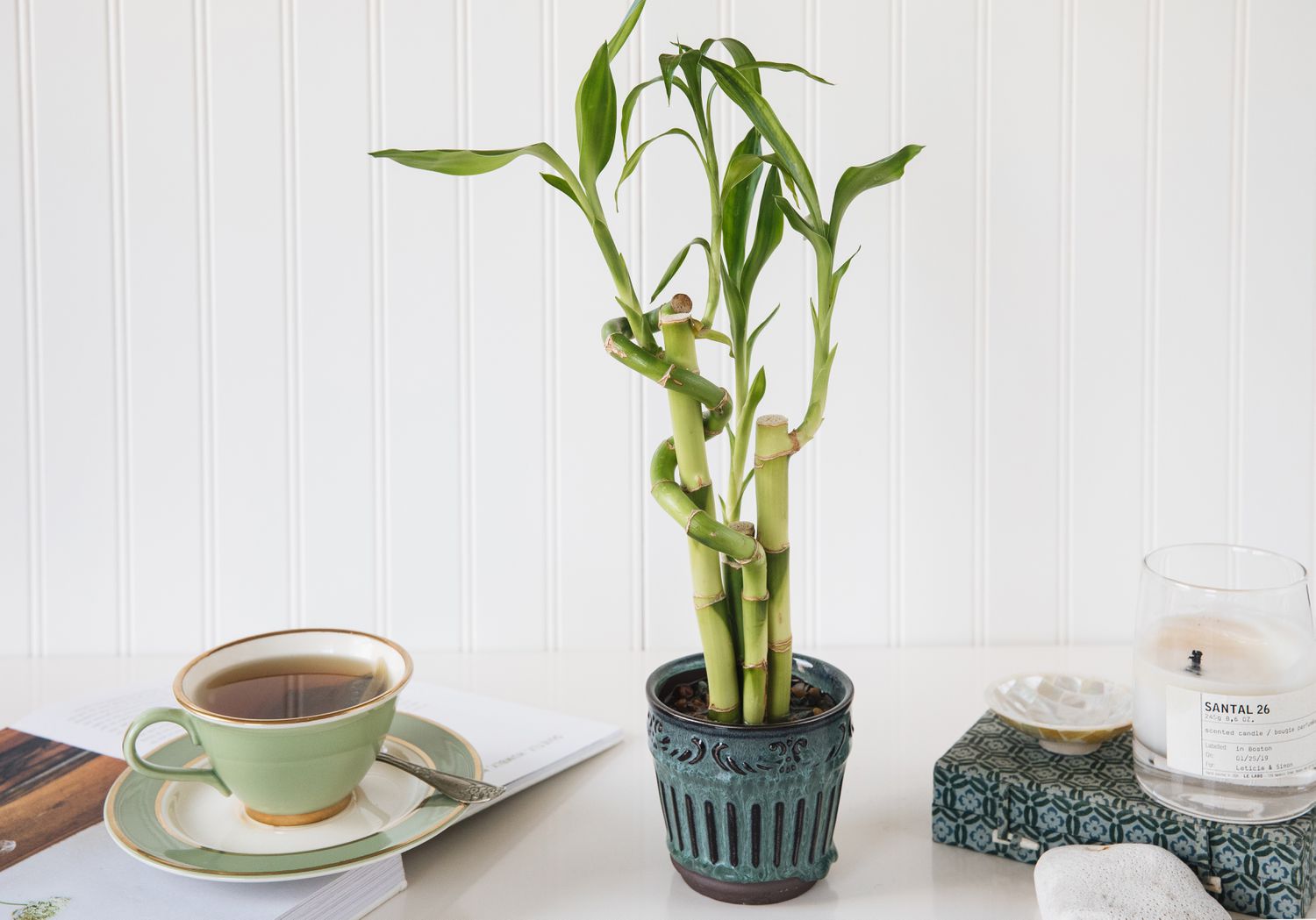
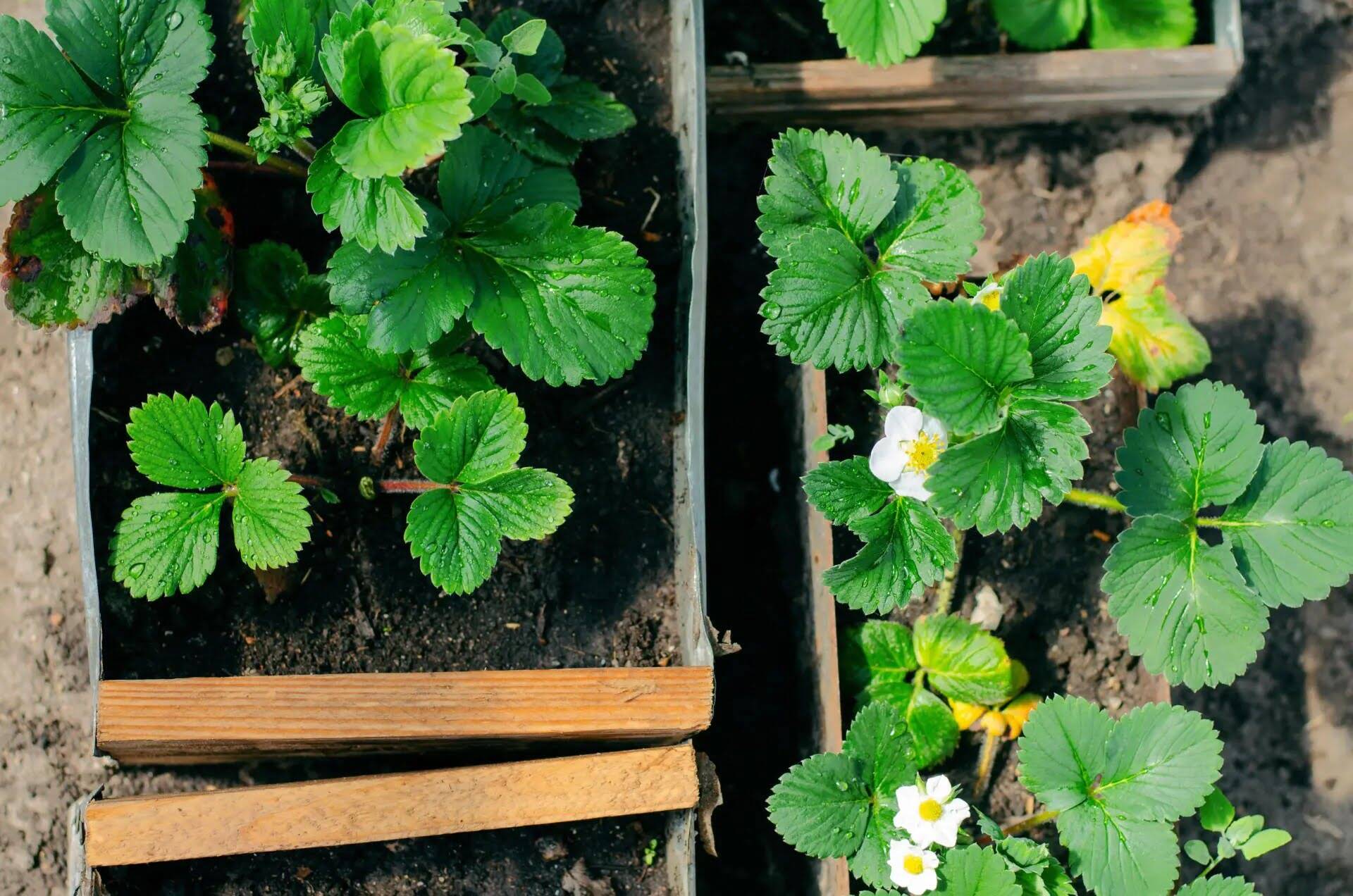
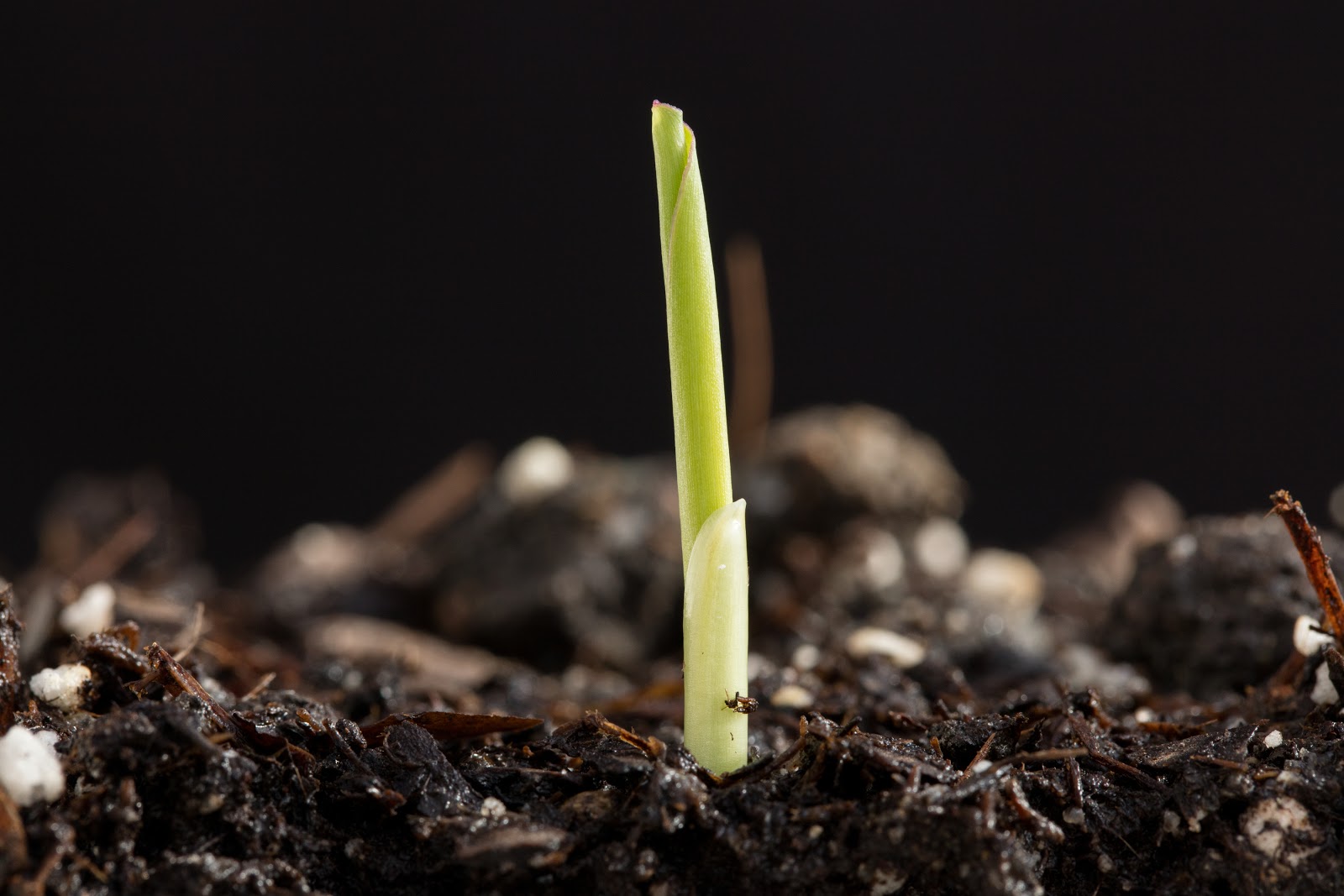
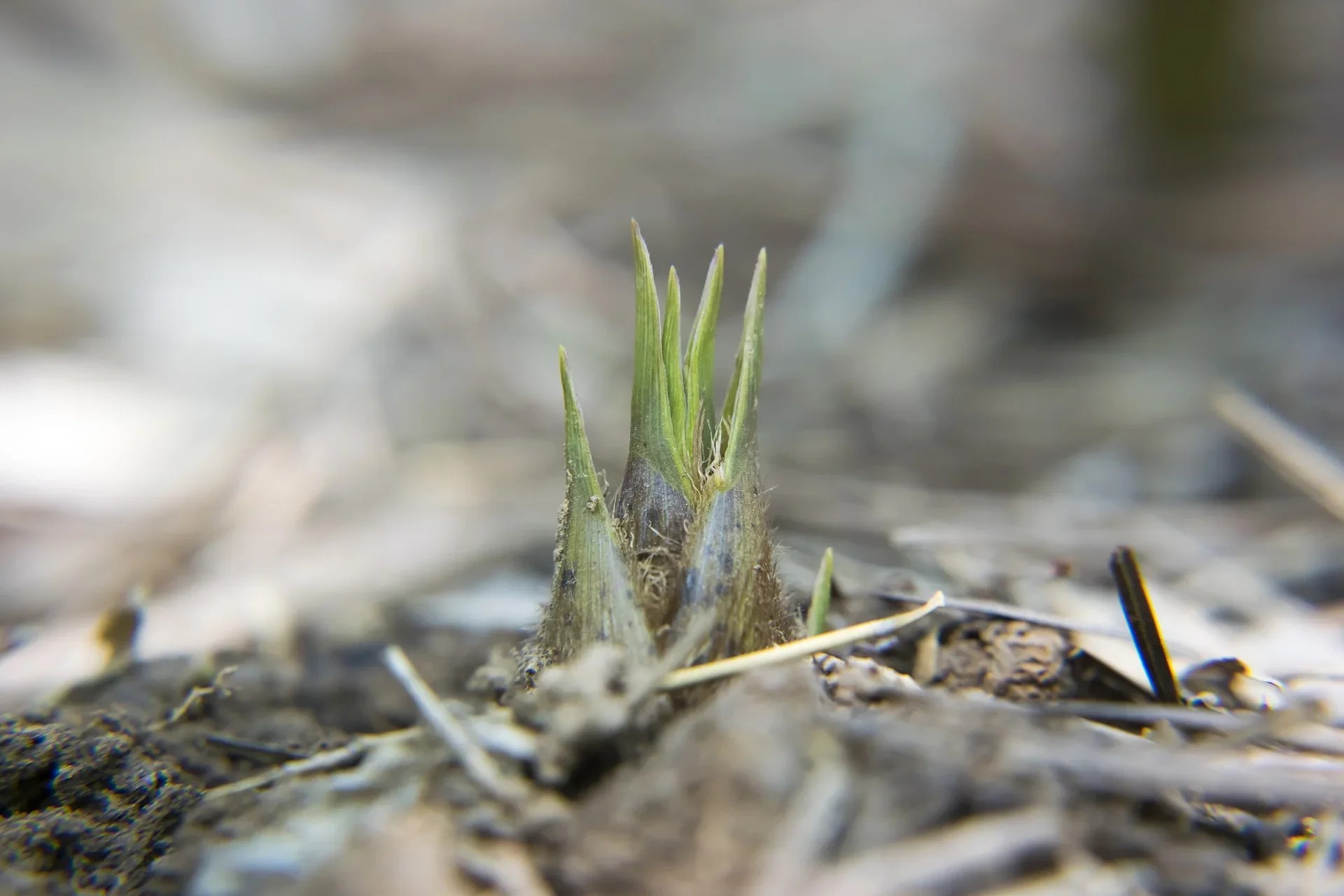
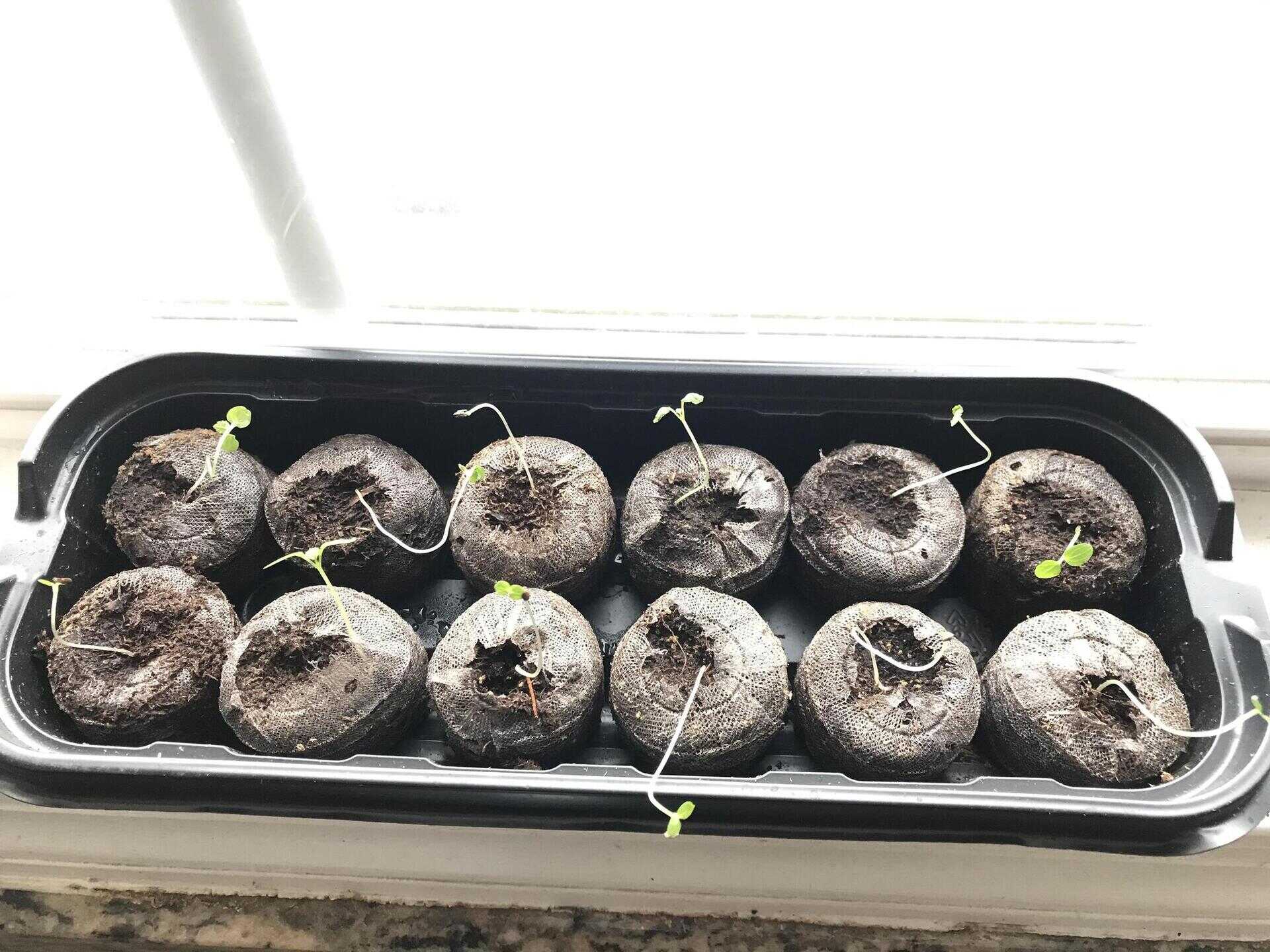
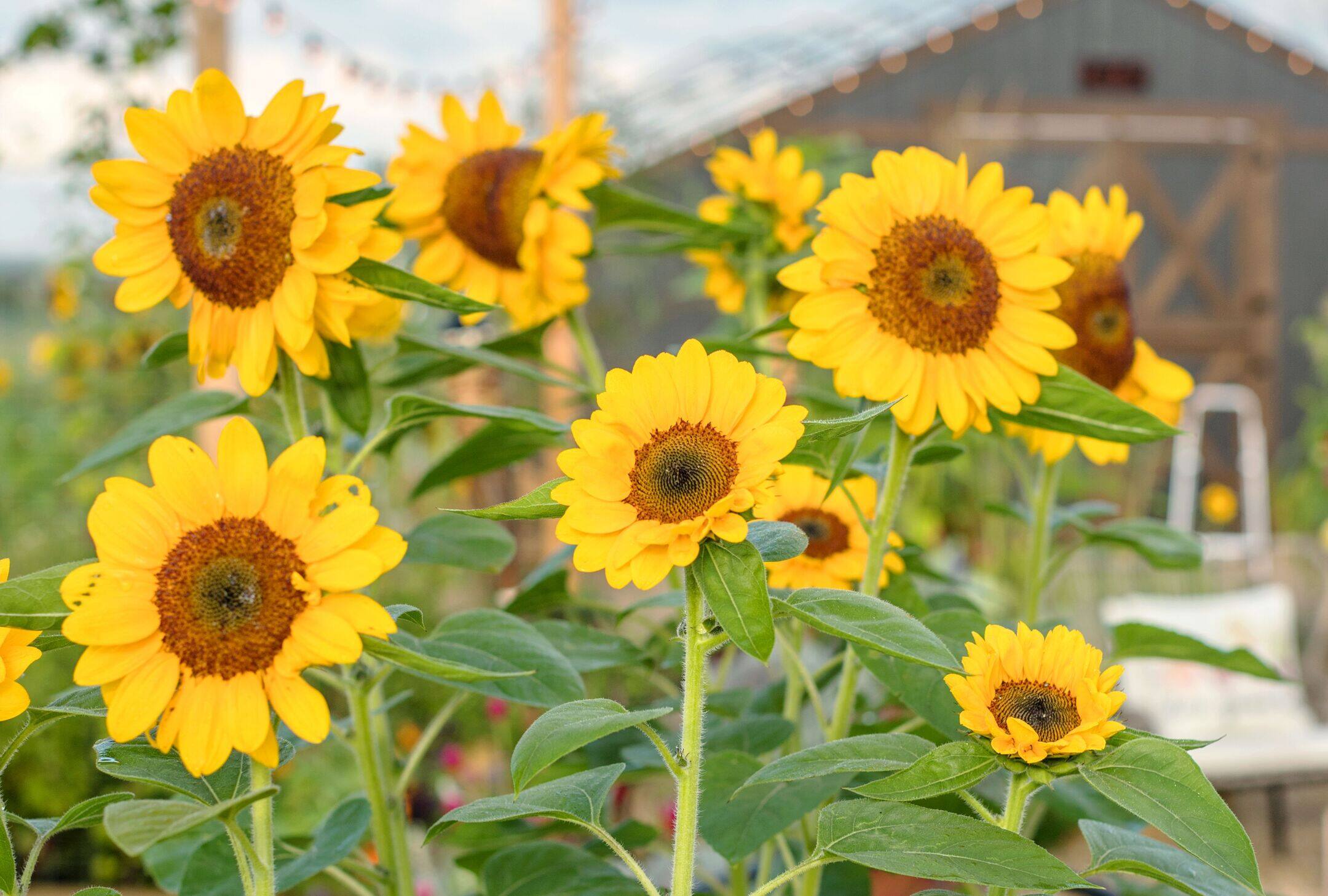
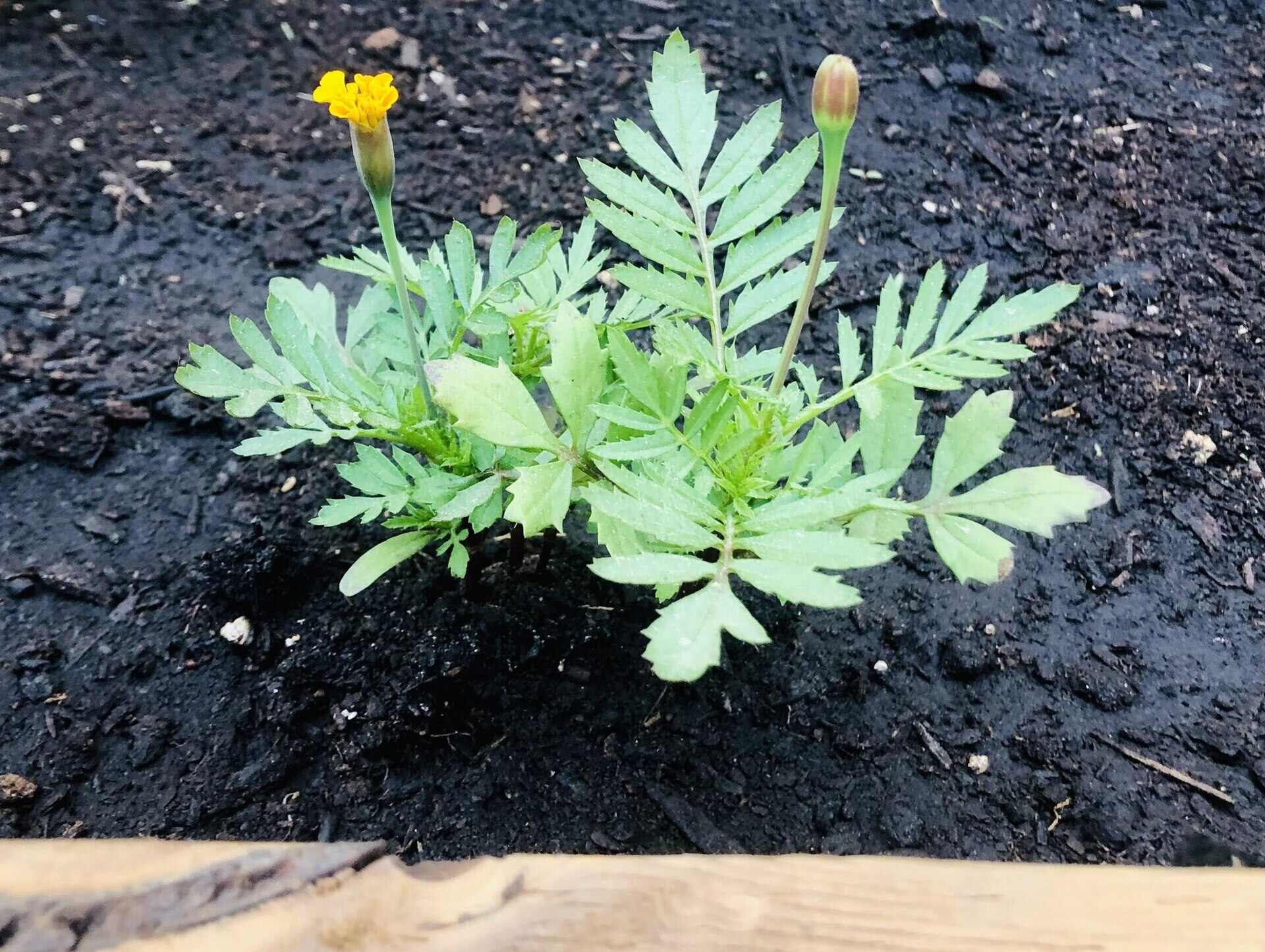
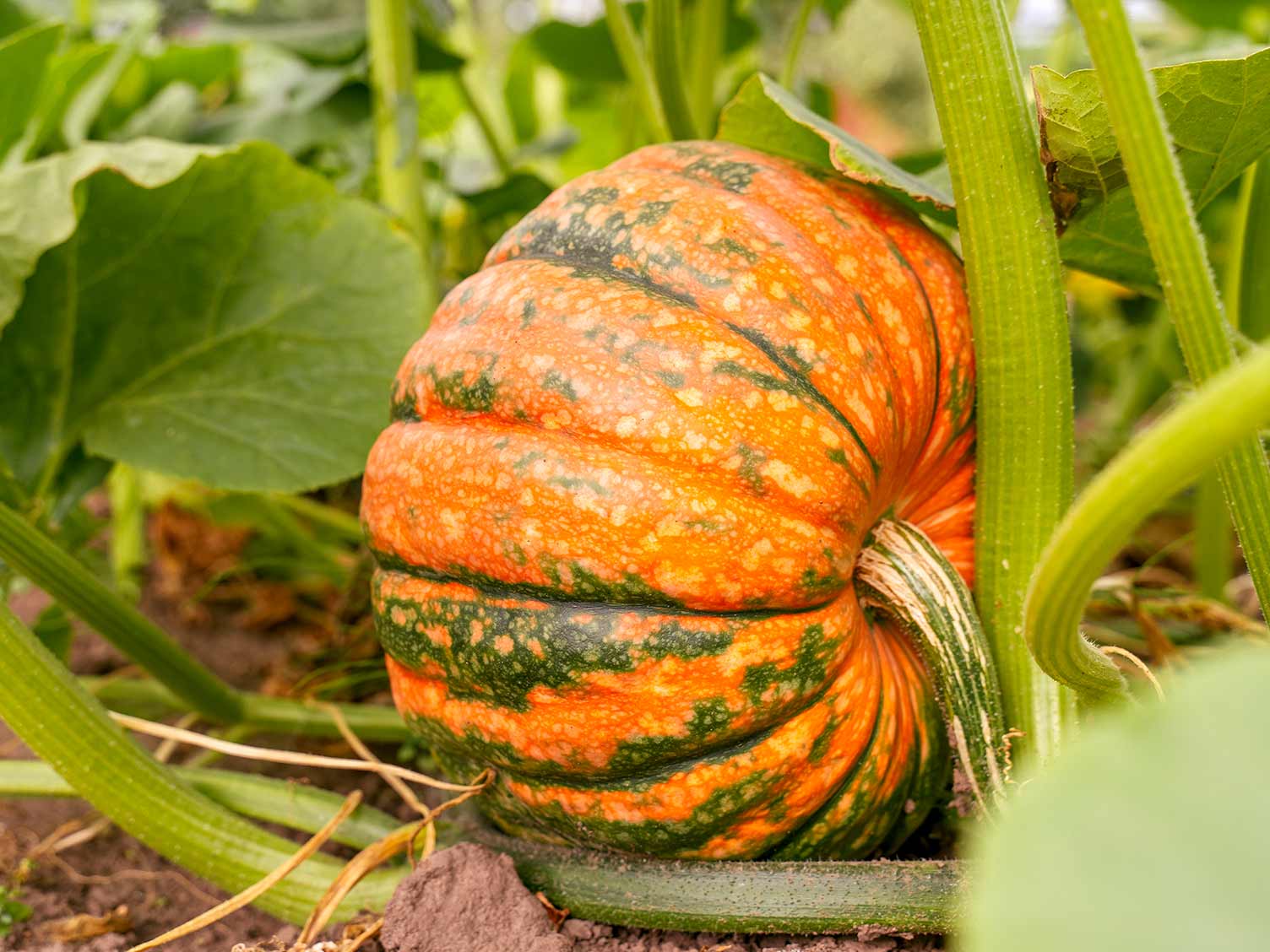
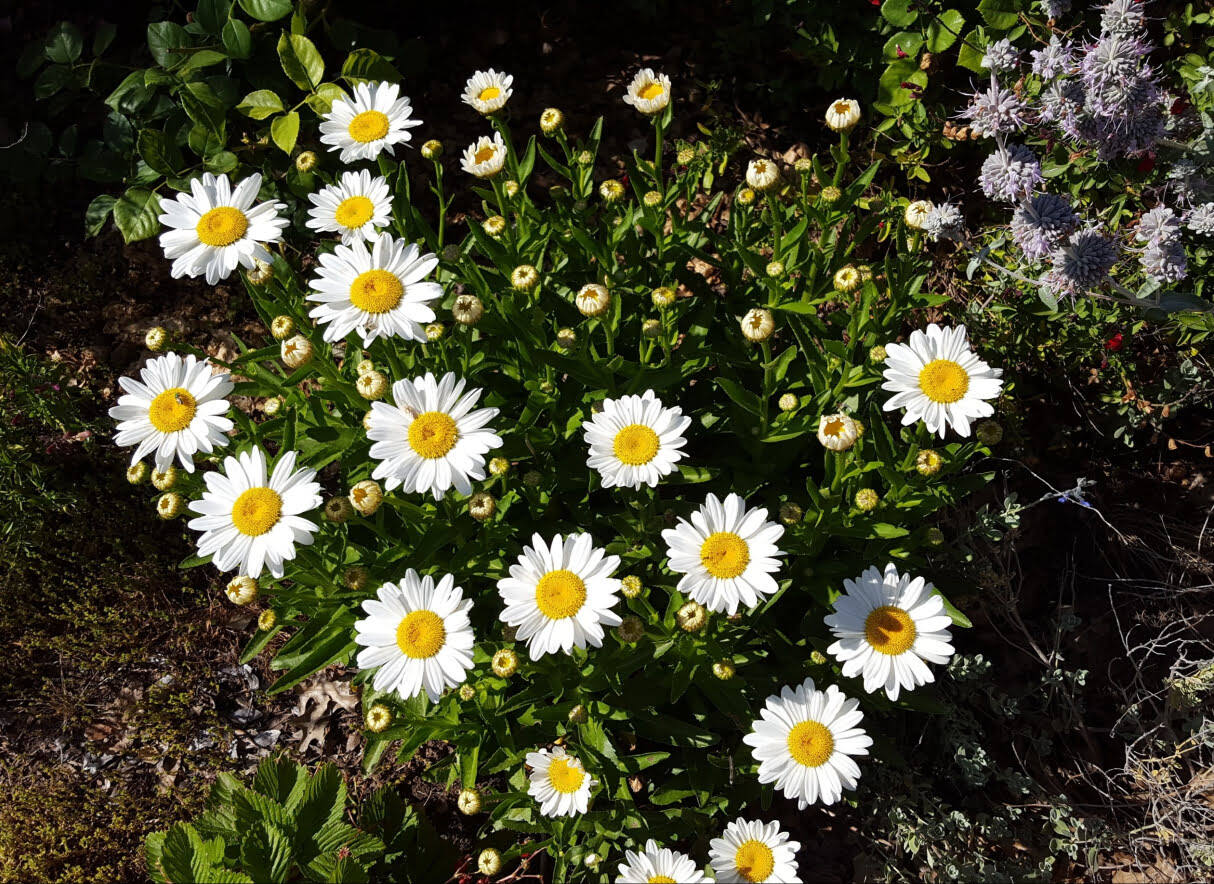

0 thoughts on “How Long Do Peppers Take To Grow From Seed”